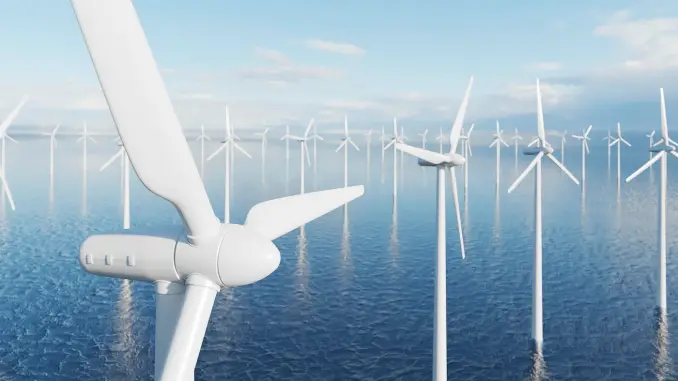
Wind power, an integral part of the renewable energy revolution, is already a household name in the competition for ecologically friendly power generation. This common and clean resource is a great way to reduce our reliance on fossil fuels and dampen down the pace of climate change. In this article, we will discuss wind energy’s fundamental workings, its practical uses, and the innovations that are making it a front-runner in the world of energy.
How Wind Energy Works?
Wind energy is the process of transforming the kinetic energy of moving air into usable electrical power. Wind turbines are the primary means of converting this energy into usable form. In modern wind turbines, large blades are fastened to a rotor linked to a generator. The rotor spins in response to the wind’s force, which in turn generates energy using the blades.
Use of Technology
The use of various Application Programming Interfaces is crucial for modern windmills to improve performance, monitoring, and efficiency. Predictive maintenance, turbine control, and energy output forecasts are just a few of the APIs used to improve operations. For example, it is essential to include weather APIs that provide real-time meteorological data to improve energy production, optimize turbine location, and foretell wind patterns. Wind plant managers can leverage weather APIs to make informed decisions. They may modify settings depending on current and expected weather conditions, maximizing energy generation and ensuring equipment longevity.
Onshore vs. Offshore Windmills
Locations with regular wind patterns, including plains and coastal regions, are ideal for onshore wind farms. Stronger and more constant winds are ideal for offshore wind farms located on waterways such as oceans and seas. Wind farms located offshore have the ability to generate more electricity while having less of an aesthetic influence on landscapes, which makes them more appealing than their more popular and inexpensive onshore equivalents.
Technological Advancements
Recent years have seen remarkable progress in wind turbine technology, which has increased efficiency and decreased prices. A necessary change is the growth in turbine sizes. Wind energy can be captured, and giant turbines can generate more electricity. The aerodynamics of turbine blades have also been enhanced by engineering and material improvements, leading to more efficient energy conversion.
Impact on the Environment
Wind power has a smaller carbon footprint than more traditional forms of energy, which is a major plus for the environment. Operating wind turbines does not release any greenhouse gases into the atmosphere, which greatly helps in the fight against climate change and air pollution. Effective planning and community participation are necessary to alleviate concerns about the visual and noise impacts of wind turbines on surrounding ecosystems and communities..
Challenges
Although wind energy has shown its reliability and sustainability as a power source, there are still challenges that need to be addressed. The dependability of energy output can be impacted by intermittency, which is the fluctuation of wind speeds. In response, a diverse energy mix and improvements in energy storage might lessen the effect of unpredictable wind patterns.
Growth and Acceptance of Wind Farms
Impressive worldwide expansion has been seen in wind energy, with many nations investing in large-scale wind projects. This indicates well for the future of this renewable energy source. The competitiveness of wind energy compared to traditional energy sources is growing as technology improves and economies of scale reduce prices. Wind power is expanding globally owing largely to government policies and incentives encouraging renewable energy development.
Final Words
Wind power is a ray of light amid the darkness of our fossil fuel nightmare. A cleaner, greener world is within our reach when we learn to harness the wind’s power and minimize our dependency on limited petroleum and coal. The ramping of wind turbines could soon herald an eco-friendlier age, if current trends in technology and worldwide support for renewable energy sources are any indication.
Leave a Reply